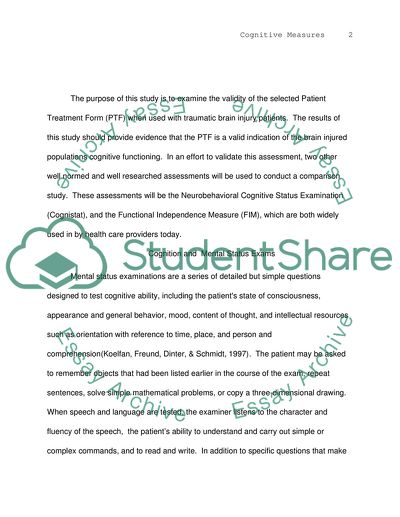Cite this document
(“Relationship between the Neurobehavioral Cognitive Status Examination Dissertation”, n.d.)
Relationship between the Neurobehavioral Cognitive Status Examination Dissertation. Retrieved from https://studentshare.org/health-sciences-medicine/1534948-relationship-between-the-neurobehavioral-cognitive-status-examination
Relationship between the Neurobehavioral Cognitive Status Examination Dissertation. Retrieved from https://studentshare.org/health-sciences-medicine/1534948-relationship-between-the-neurobehavioral-cognitive-status-examination
(Relationship Between the Neurobehavioral Cognitive Status Examination Dissertation)
Relationship Between the Neurobehavioral Cognitive Status Examination Dissertation. https://studentshare.org/health-sciences-medicine/1534948-relationship-between-the-neurobehavioral-cognitive-status-examination.
Relationship Between the Neurobehavioral Cognitive Status Examination Dissertation. https://studentshare.org/health-sciences-medicine/1534948-relationship-between-the-neurobehavioral-cognitive-status-examination.
“Relationship Between the Neurobehavioral Cognitive Status Examination Dissertation”, n.d. https://studentshare.org/health-sciences-medicine/1534948-relationship-between-the-neurobehavioral-cognitive-status-examination.


